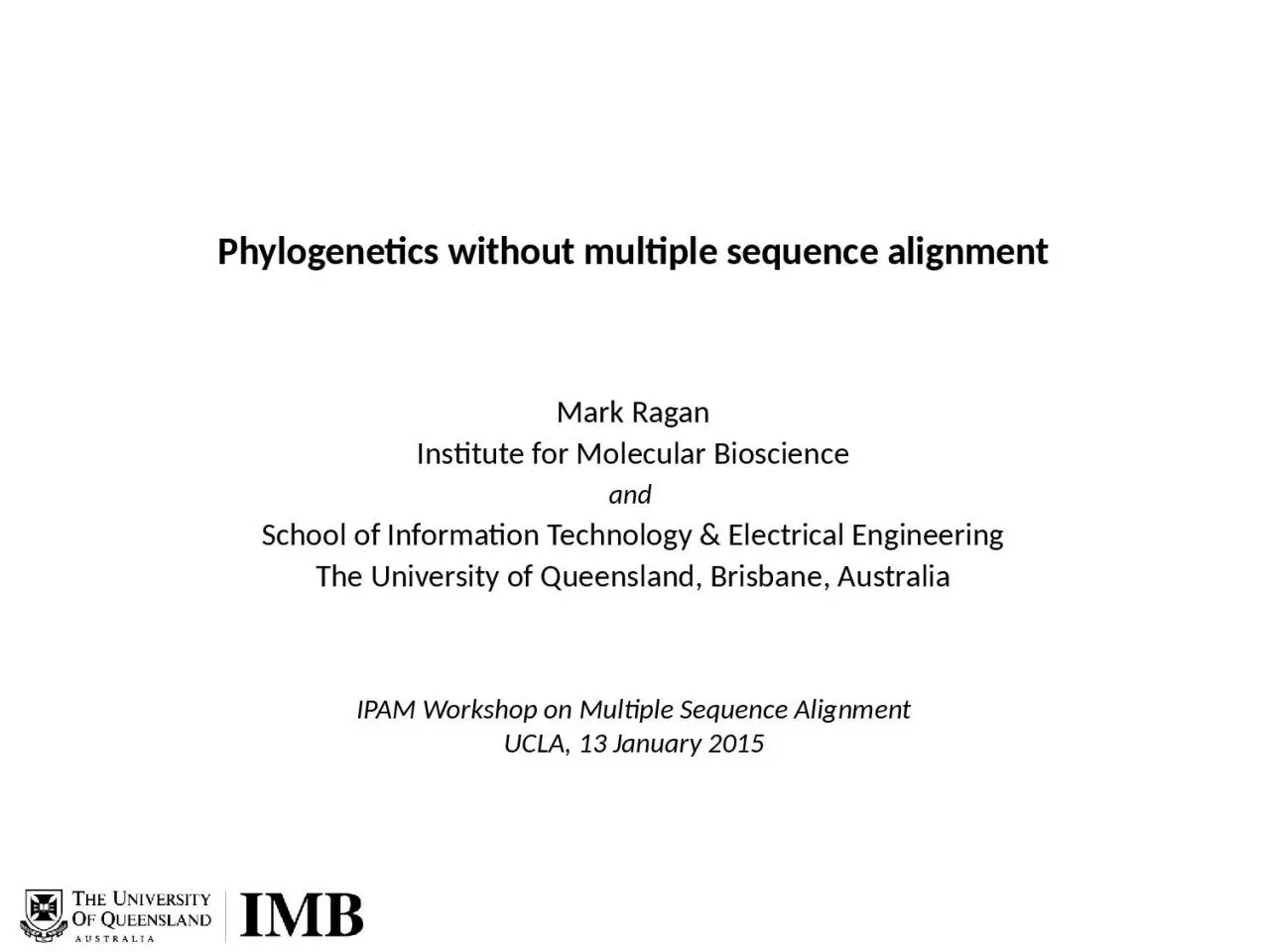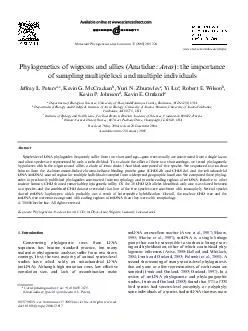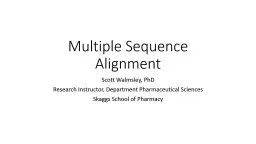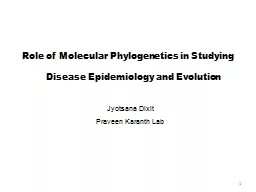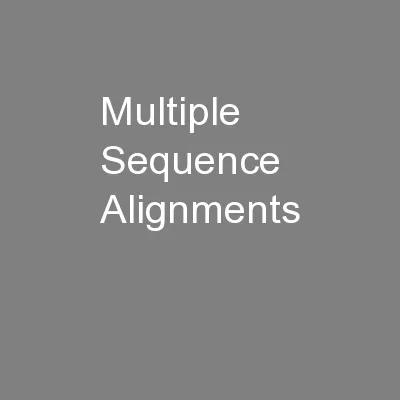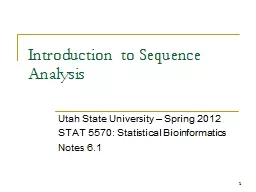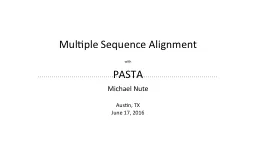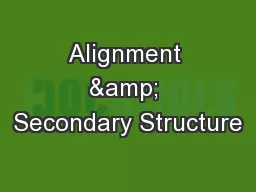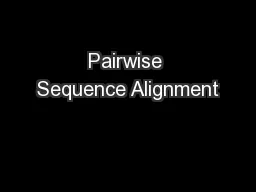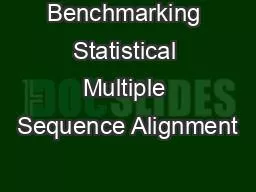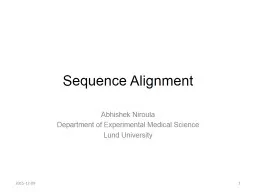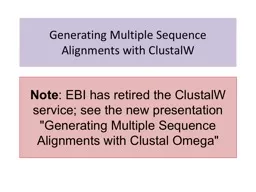PPT-Phylogenetics without multiple sequence alignment
Author : bery | Published Date : 2022-06-13
Mark Ragan Institute for Molecular Bioscience and School of Information Technology amp Electrical Engineering The University of Queensland Brisbane Australia IPAM
Presentation Embed Code
Download Presentation
Download Presentation The PPT/PDF document "Phylogenetics without multiple sequence ..." is the property of its rightful owner. Permission is granted to download and print the materials on this website for personal, non-commercial use only, and to display it on your personal computer provided you do not modify the materials and that you retain all copyright notices contained in the materials. By downloading content from our website, you accept the terms of this agreement.
Phylogenetics without multiple sequence alignment: Transcript
Download Rules Of Document
"Phylogenetics without multiple sequence alignment"The content belongs to its owner. You may download and print it for personal use, without modification, and keep all copyright notices. By downloading, you agree to these terms.
Related Documents

